The fascination of antiquity and science in the William and Emma Hamilton exhibition at the Gallerie d'Italia
Intesa Sanpaolo opens the Sir William and Lady Hamilton exhibition, curated by Francesco Leone and Fernando Mazzocca, at the Gallerie d’Italia in Naples from Oct. 25, 2024 to March 2, 2025. The exhibition explores the figure of William Hamilton (Henley-on-Thames, 1730 - London, 1803), a British diplomat at the court of Ferdinand IV of Bourbon and a well-known figure in 18th-century Neapolitan cultural life, together with his consort Lady Emma Hamilton (Neston, 1765 - Calais, 1815). The event, sponsored by the British Embassy in Rome, the Italian Embassy in London, the City of Naples and the University degli Studi di Napoli Federico II, includes seventy-eight works including paintings, ceramics, sculptures and artifacts from prestigious collections, such as the Reggia di Caserta, the Certosa and Museo di San Martino, as well as international institutions such as the National Portrait Gallery in London, the Victoria & Albert Museum, the Tate, the British Museum, the Thyssen-Bornemisza in Madrid and the National Gallery of Art in Washington.
The exhibition presents a reinterpretation of the human and intellectual story of Hamilton, diplomat, antiquarian and volcanologist, already investigated by Carlo Knight’s studies and the 1996 exhibition at the British Museum. In Naples, at the height of Enlightenment ferment, Hamilton found the ideal context for developing his interest in antiquities and natural sciences. Sections of the exhibition highlight his strong interest in volcanology, landscape painting, music and collecting, aspects that defined his social role in the Neapolitan elite, amplified by the charismatic figure of Lady Emma Hamilton. Hamilton’s passion for antiquity was also manifested in her celebrated collection of painted Greek vases from Herculaneum, Pompeii, Southern Italy and Greece, part of which were acquired by the British Museum in 1772, marking a decisive milestone for British antiquarian collecting. The exhibition also highlights the publication of the Antiquités etrusques, grecques et romaines, a work in five hundred plates, colored by hand, that became one of the most famous illustrated books ever. The texts, compiled by the erudite Pierre-François Hugues d’Hancarville, were initially produced with contributions from Johann Joachim Winckelmann.
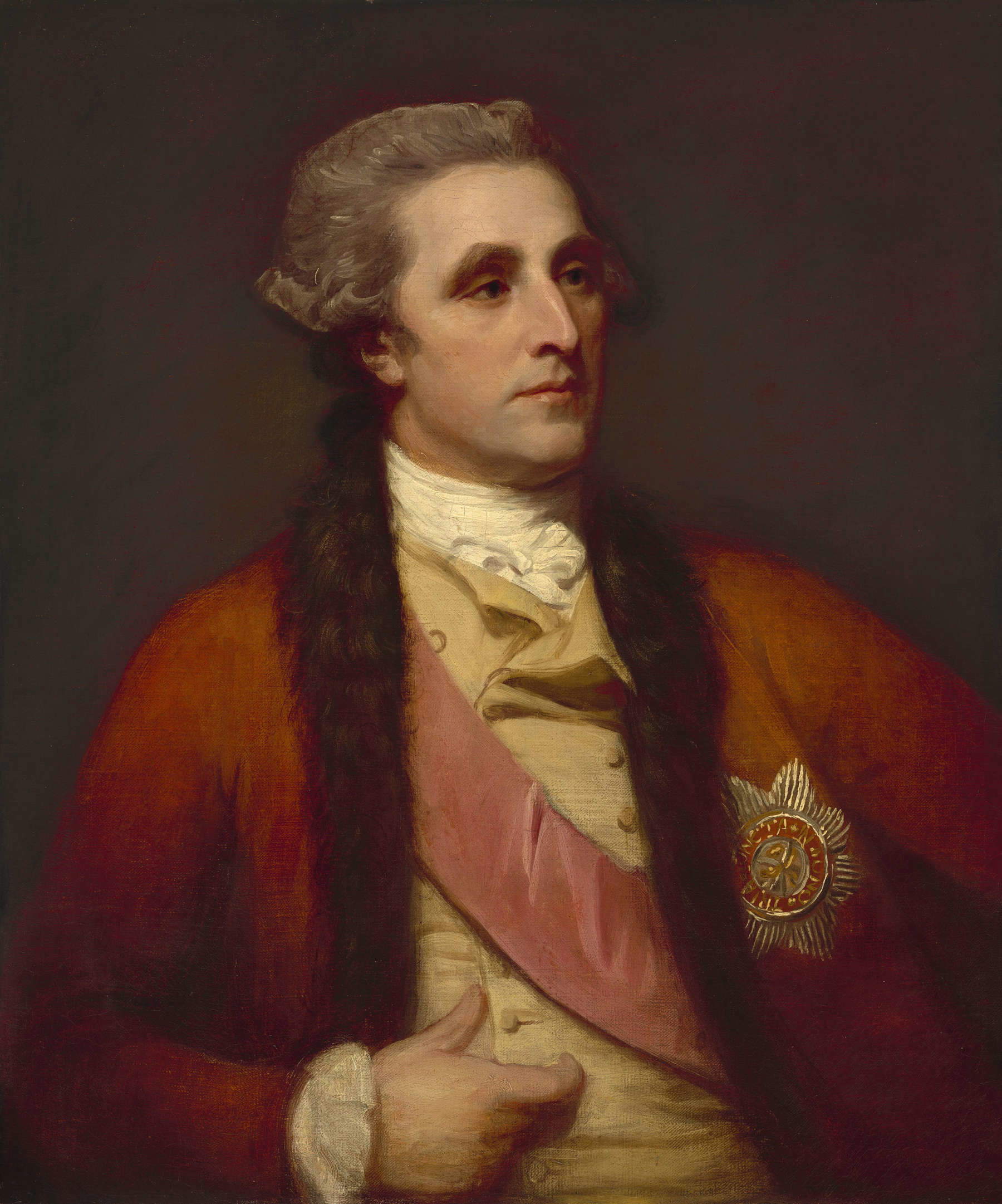
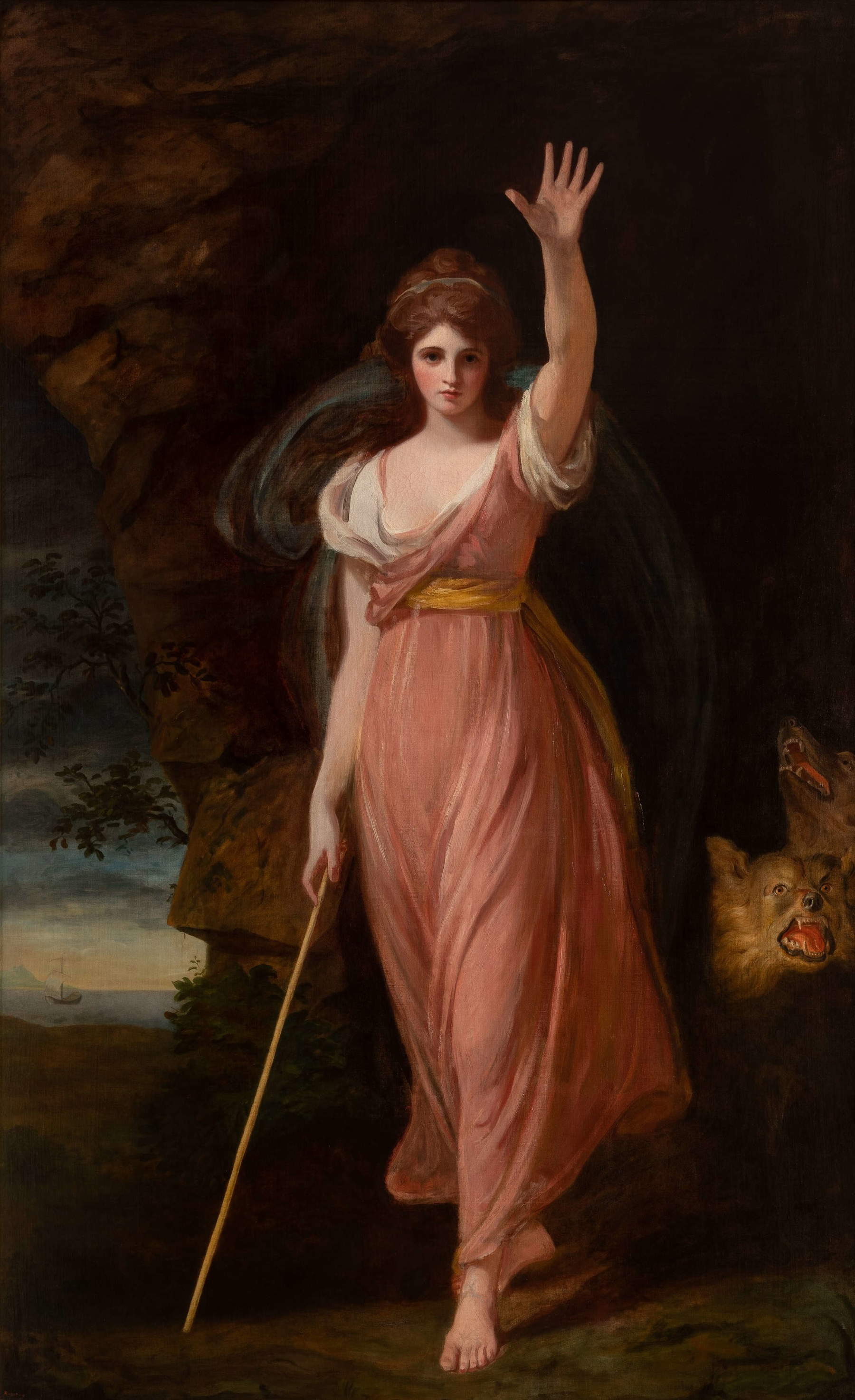
With this publication, Hamilton intended to expose inspiring models to contemporary artists, nurturing the so-called “linear style” typical of Neoclassicism. An entire section is devoted to Lady Emma Hamilton, Hamilton’s second wife, known for her beauty and connections to such prominent figures as Queen Mary Caroline and Admiral Horatio Nelson. Lady Hamilton is immortalized in several portraits in the exhibition, works by Englishman George Romney and German Johann Heinrich Wilhelm Tischbein, along with other artists of the time. A video by the Fondazione Cineteca Italiana also tells the story and myth of Lady Hamilton through a collection of film images.
Another section, dedicated to the theme of travel, explores Hamilton’s adventures in Italy and his expeditions to Calabria and Sicily, undertaken with curiosity and scientific passion for natural phenomena such as volcanoes. The volumes Campi Phlegraei, published in Naples in 1776 with illustrations by Pietro Fabris, accurately document his scientific activities, paying tribute to his expertise in volcanology. The exhibition also highlights Hamilton’s relationship with vedutista Giovanni Battista Lusieri and other innovative English painters, such as Joseph Wright of Derby, Thomas Jones and John Robert Cozens, who were hosted and encouraged by the diplomat. The exhibition catalog is published by Edizioni Gallerie d’Italia | Skira. The Neapolitan museum, along with the Milan, Turin and Vicenza branches, is part of Intesa Sanpaolo’s Gallerie d’Italia museum project, directed by Michele Coppola, the bank’s Executive Director Art, Culture and Historical Assets and General Director of the Gallerie d’Italia.
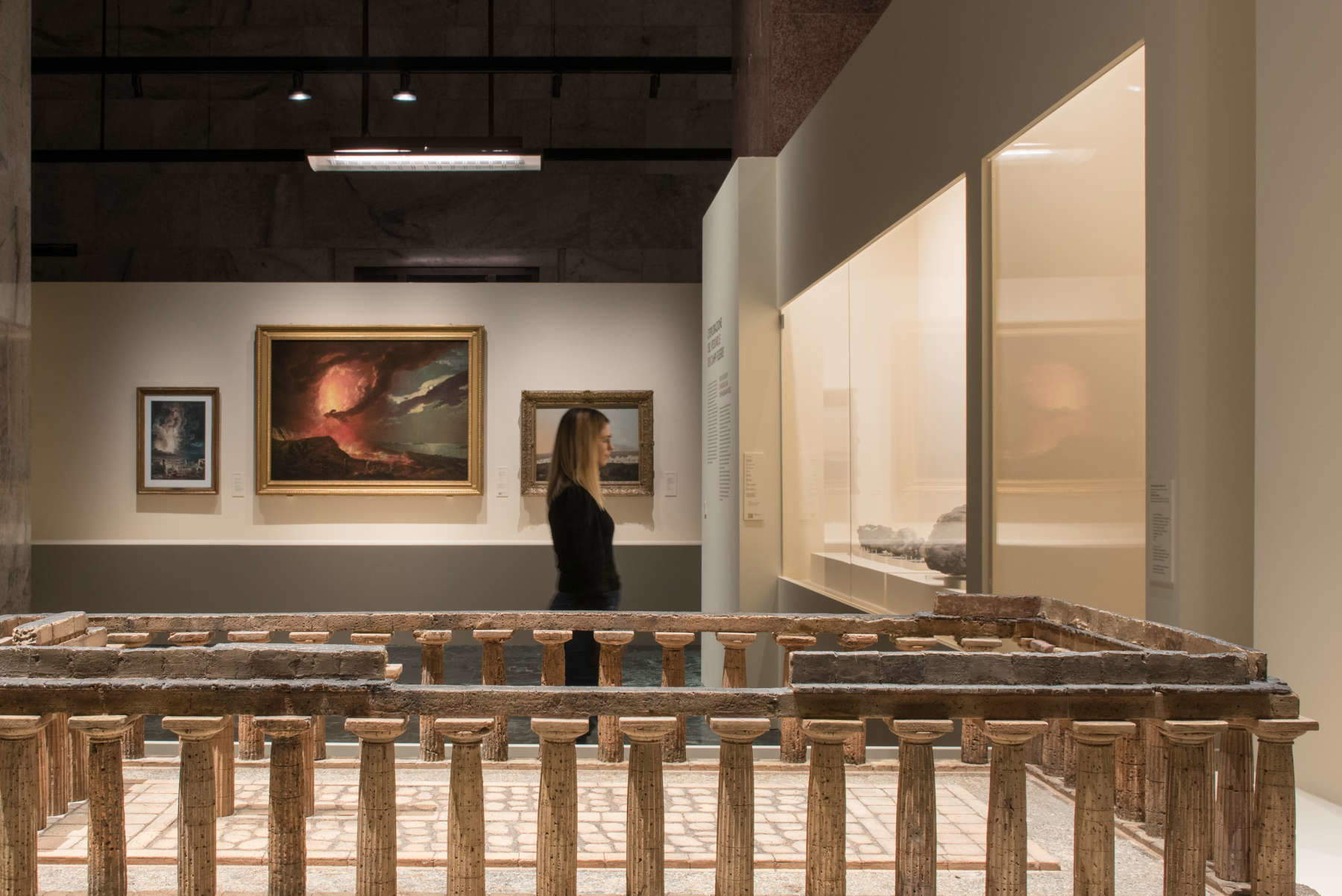
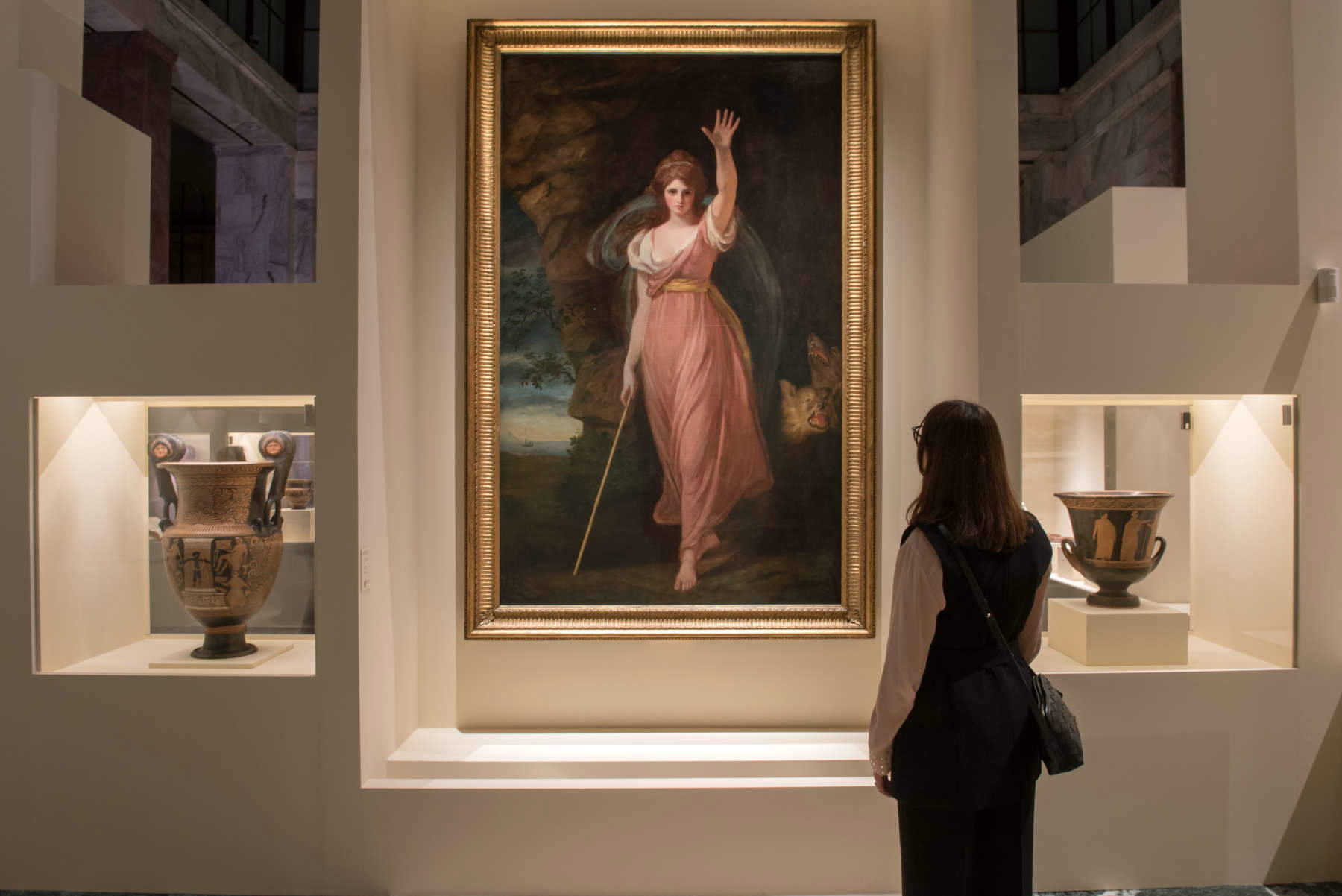
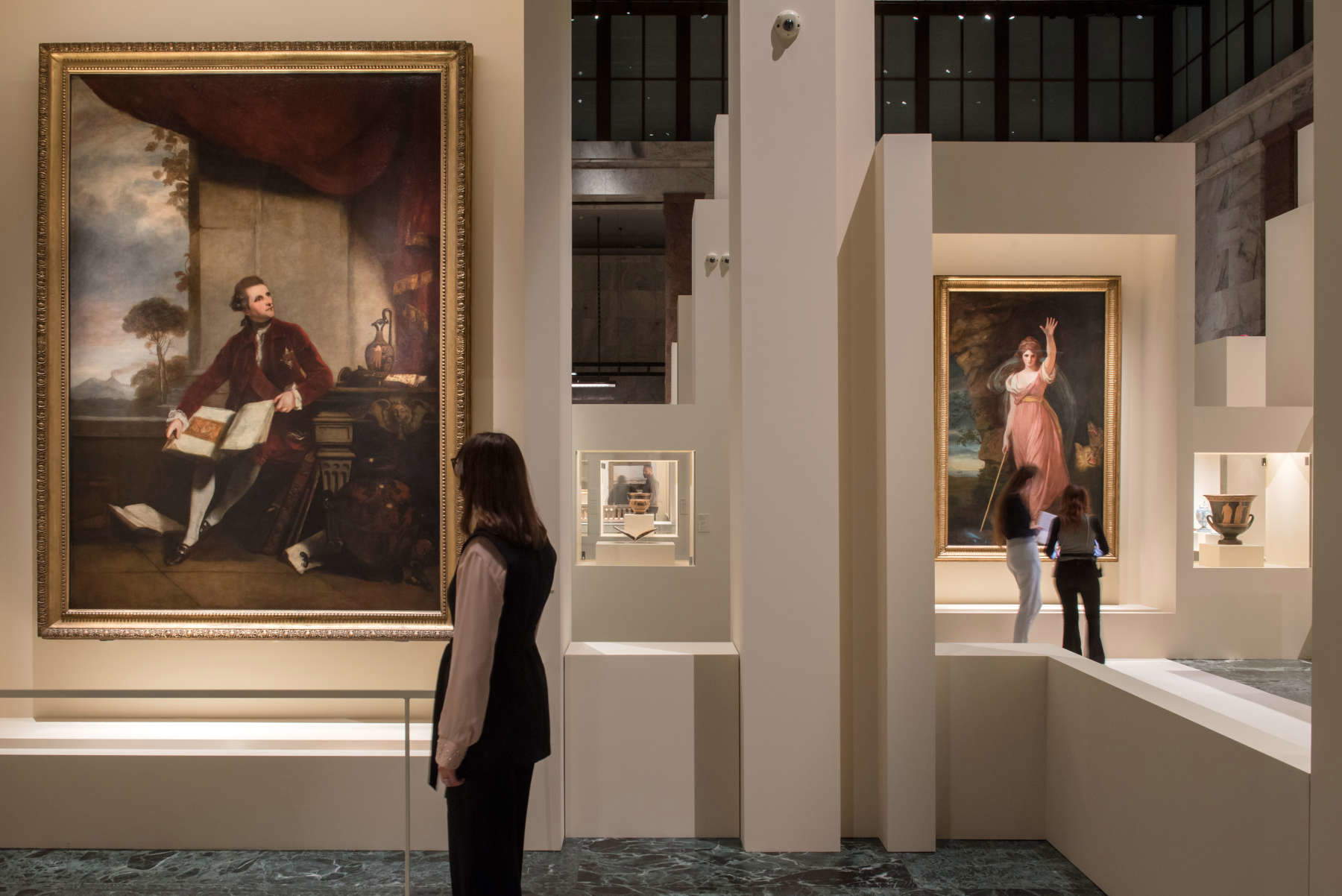
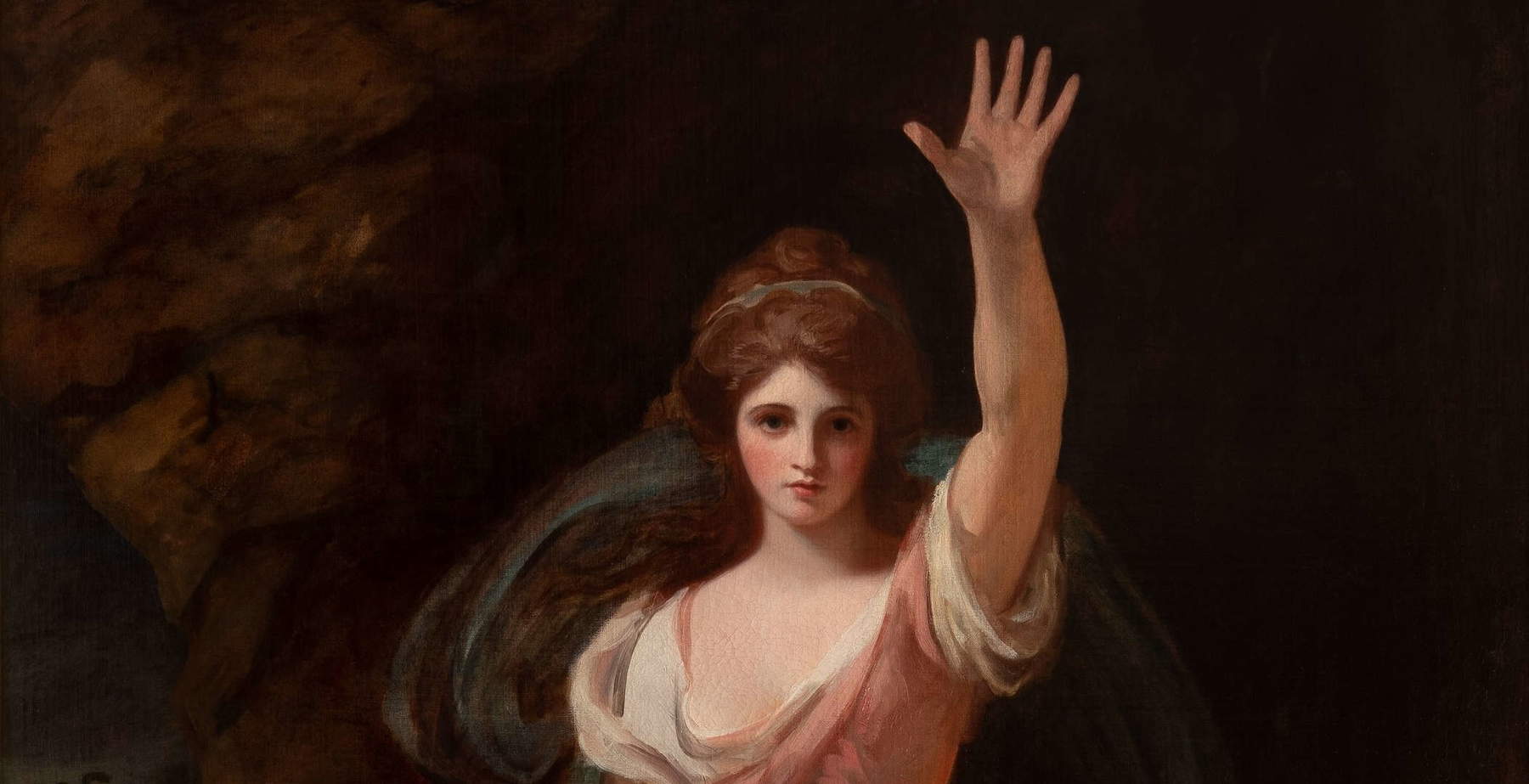 |
| The fascination of antiquity and science in the William and Emma Hamilton exhibition at the Gallerie d'Italia |
Warning: the translation into English of the original Italian article was created using automatic tools. We undertake to review all articles, but we do not guarantee the total absence of inaccuracies in the translation due to the program. You can find the original by clicking on the ITA button. If you find any mistake,please contact us.



























